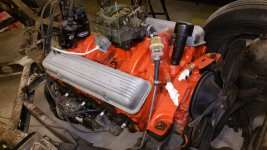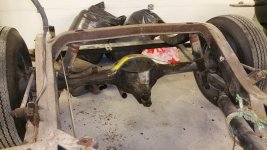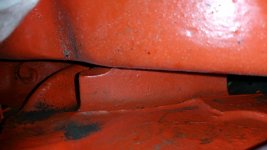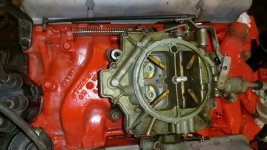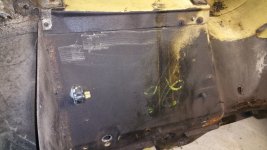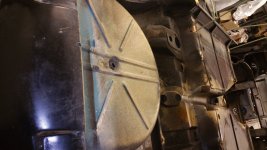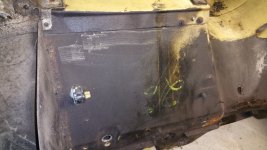- Moderator
- #21
Toms007
Moderator
jonny, you are getting some good info here, from one of our best (Tom). He knows 59's very well. Welcome to CAC and as you get your car done we anxiously await the findings and the finished project. I believe that you face some challenges in your restoration, worst being in Norway. I applaud you in your efforts.
I believe that you face some challenges in your restoration, worst being in Norway. I applaud you in your efforts. 
 I believe that you face some challenges in your restoration, worst being in Norway. I applaud you in your efforts.
I believe that you face some challenges in your restoration, worst being in Norway. I applaud you in your efforts. 

